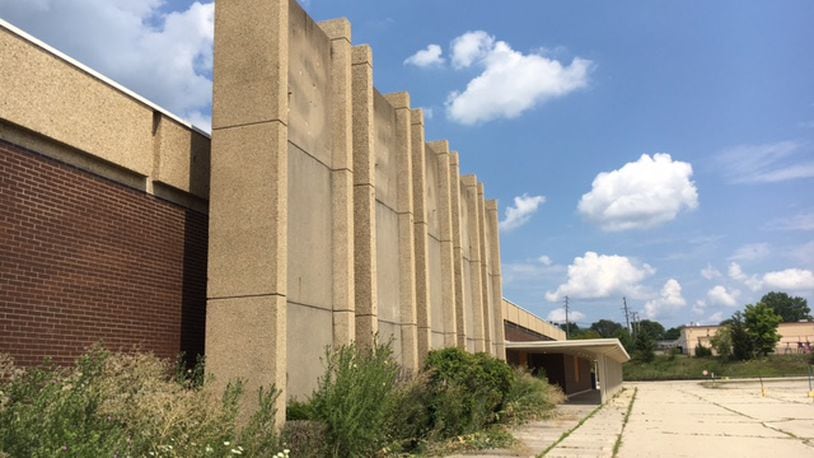» Will local Sears stores close? Retailer shuttering another 72 stores
Here are five things to know about the decline of this historic company:
1. Sears used to be a big deal in Dayton.
It may be hard to believe today, but Sears once had a thriving Monument Avenue presence, roughly where Fifth Third Field is located today.
MORE: Check out downtown Dayton's newest 'activated space'
Long after that downtown store closed, in 1999, the city of Dayton bought the Sears property for $5.5 million. At the time, city leaders saw the then-six-acre site at the corner of Patterson Boulevard and Monument as key to the development not only of the Dayton Dragons’ home but of Riverscape.
Fifth Third Field opened in April 2000.
2. Sears once anchored a Dayton-area mall that no longer exists.
A Sears retail store and auto care center once anchored the Salem Mall in Trotwood. Of course, neither the store nor the mall exist today.
The dreaded (but expected) announcement came in October 2013: The store at 5200 Salem Avenue would close in mid-January 2014.
MORE: Dayton-based hospice unit gets bigger
That store actually outlasted the Salem Mall. Sears opened at the Salem location in 1966, anchoring the mall, which was demolished in 2006 — while Sears hung on for a few more years.
3. Sears changed how America shopped — and then America changed.
“This has turned into a slow death,” Sean Maharaj, director in the retail practice of consultant AArete, told CNN earlier this year.
Sears changed America by changing how Americans shopped, and ultimately lived, CNN noted.
When the Sears catalog was born in 1888, most people made their own clothes and even their own furniture. But Sears introduced mass-produced items instead.
Poring through a new Sears catalog used to be a big deal.
But big-box competitors like Walmart and Target offered a wider selection of goods at cheaper prices. And of course, in the 21st century, online retail giant Amazon changed everything even further.
When is the last time you shopped at Sears? https://t.co/izZVrO96qF
— Kara Driscoll (@KaraDDriscoll) May 31, 2018
4. Mistakes — leaders of Sears have made a few.
Analysts see a number of missteps on the part of Sears.
The company merged with another troubled retailer Kmart, to form Sears Holdings. Not good.
Sears and Kmart had 3,500 U.S. stores in total when that deal closed in 2005. Earlier this year, the company was expected to be down to about 1,000 locations total.
Another arguable misfire: Sears purchased the Land’s End business for $1.9 billion in cash in 2002.
A dozen years later, Sears had spun off Land’s End to shareholders in a deal that brought Sears just $500 million in cash.
You do the math.
5. And today?
The bad news continues, unfortunately.
The retailer says it has identified about 100 stores that are no longer profitable and about 72 of those will be shuttered soon.
Sears lost $424 million, or $3.93 per share, for the period ended May 5, the Associated Press reported. It earned $245 million, or $2.29 per share, a year earlier, a quarter that included a $492 million gain tied to the sale of the Craftsman brand, the AP said.
We’ll be watching to see if any local Sears stores will be impacted by this latest round of closings.
About the Author
